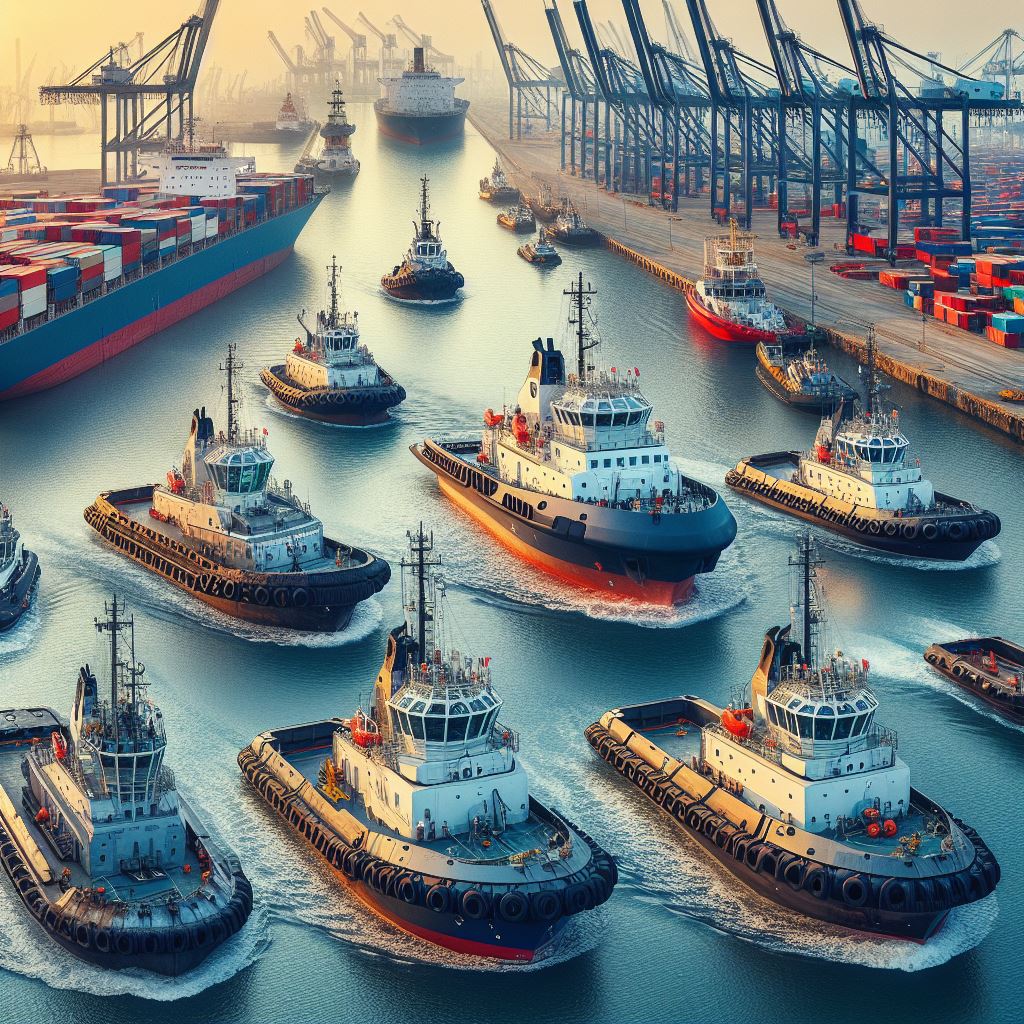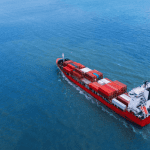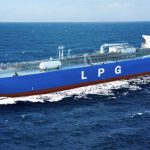


Mastering the Seas: A Comprehensive Guide to Tugboats and Their Specializations
Tugboats: The Versatile Workhorses of the Maritime World. They are indispensable assets in the maritime industry, known for their robustness, versatility, and power. Serving a multitude of roles, from assisting large vessels in harbors to performing salvage operations, tugboats are truly the hidden soldiers of the seas. This blog explores the various types of tugboats, their operational applications, special equipment, and capabilities, including details on their pulling capacities (i.e. bollard pull range) and winch types.
Types of Tugboats and Their Applications
Harbour Tugs:
- Operational Application: Large vessels have difficulty maneuvering ports due to their size and limited maneuverability- as they would require to turn in very tight angles in the confined area of ports – hence comes the need for harbour tugs. Primarily active in ports and harbors, these tugs assist with docking, berthing, and unberthing of vessels. They are essential in navigating ships safely within the confined spaces of a harbor.
- Bollard Pull Range: Harbour tugs’ bollard pull typically ranges from 30 to 75 tons depending on port requirements and the size of the vessels typically approaching the port(s).
- Special Equipment: Equipped with aft towing winches, they ensure safe and precise vessel handling in harbors. These tugs are also often equipment with 360-degree azimuthing propulsion systems for added maneuverability. In addition, special bow fenders are fitted to enable the vessel to deal with impact during pushing operations as well as side fenders to protect the vessel against any impact.
Escort Tugs:
- Operational Application: These tugs provide critical support in escorting larger vessels, ensuring safe passage through challenging or congested waterways. They are particularly important for large oil tankers, LNG carriers, and large container ships which are difficult to maneuver.
- Bollard Pull Range: Varies from 50 to 100 tons, offering the necessary force for controlling large vessels.
- Special Equipment: similar to the equipment of harbour tugs but also featuring forward escort winches, these tugs can maintain control over the towed vessel with precision.
Terminal Tugs:
- Operational Application: Key players in ship handling within ports and terminals, they facilitate the movement of ships at loading and unloading facilities. Since they may be required to operate in terminals located away from shore, they are typically designed with higher bollard pull to deal with heavier sea conditions.
- Bollard Pull Range: Typically between 50 to 120 tons BP.
- Special Equipment: Similar to escort tug and often outfitted with specialized winches and fenders designed for terminal operations as well as more stringent safety standards.
Anchor Handling Tugs:
- Operational Application: Specialized in anchor-related operations, these tugs assist offshore platforms, drilling rigs, and vessels in anchor handling tasks required during mobilization and demobilization.
- Bollard Pull Range: Typically from 50 tons to 120 tons to meet the demands of offshore operations.
- Special Equipment: Equipped with powerful anchor-handling winches, they efficiently manage heavy anchors and chains.
Salvage Tugs:
- Operational Application: Deployed for rescue and recovery, assisting distressed vessels, and environmental disaster mitigation.
- Bollard Pull Range: Wide range, with some exceeding 200 tons for heavy salvage operations.
- Special Equipment: Equipped with external firefighting equipment (FiFi-1 or Fi-Fi-2 notations), pollution control equipment, heavy lift crane, Azimuthing thrusters, and heavy-duty towing winches.
Chartering Tugboats
Chartering tugboats involves several considerations to ensure the success and safety of maritime operations:
- Assess the Operation Type: Match the tugboat’s capabilities with the specific operation—be it harbor assistance, escorting, terminal operations, or salvage.
- Evaluate Bollard Pull: Choose a tugboat with the necessary bollard pull to handle the expected loads.
- Inspect Special Equipment: Ensure the tugboat is equipped with the required tools and machinery, such as winches and firefighting equipment.
- Confirm Compliance and Experience: Verify the tugboat’s compliance with safety standards and the crew’s expertise in specific operations.
Conclusion
Tugboats, with their varied specializations, are crucial for the maritime industry. From harbor operations to salvage missions, these vessels ensure the efficiency, safety, and precision of maritime activities. By understanding the roles and capabilities of different tugboat types, businesses in the maritime sector can optimize their operations and contribute to the seamless flow of global maritime trade.
Categories
- Resources (31)
Recent Posts
About us


Related posts


How to Ship Bulk Cargo Through Bulk Carriers: A Comprehensive Guide

How to Ship LPG: A Comprehensive Guide for Charterers?






